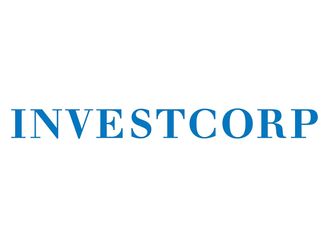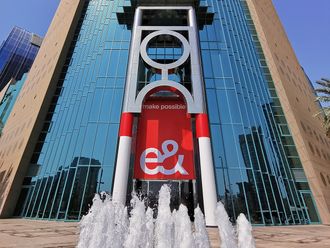In 1965, Mao Zedong unveiled his grand plan on rural health care, convinced that extensive training was unnecessary for doctors in the countryside.
Three years later, well into the Cultural Revolution period, almost every village in China had ‘barefoot doctors', young people from the cities with six months of basic training.
Working the paddy fields during the day while providing the most rudimentary health care, these ‘barefoot doctors' were actually quite effective.
Like much else in China, health care too has seen generational changes, so much so that stock value of the biggest domestic and multinational pharmaceutical companies has come to be dependent on their penetration into this market.
Beijing has now undertaken what is probably the largest medical insurance coverage in history, involving nearly 1 billion people. This year, China's State Council allocated $124 billion (Dh455.46 billion) towards health care reform.
Under the plan, by next year, 90 percent of China's citizens will be covered by a universal insurance system accompanied by the construction of 30,000 hospitals, clinics and care centres across the country.
More critically, reforms include the creation of a National Essential Drug List that contains 400 to 700 medicines covered by basic medical insurance. The new essential medicines list includes Western and traditional Chinese drugs that will be sold at rebate to hundreds of millions of Chinese citizens.
For pharmaceutical players, inclusion in the list means stock gains, while exclusion could hit bottomlines. Also, the National Reimbursement Drug List is being updated for the first time since 2004 with many Western drugs added to the category that entitles patients to a rebate of up to 50 per cent. Western drug makers such as AstraZeneca and Sanofi-Aventis have made it to the list.
Play for volumes
As living standards improve in China and medical insurance improves, its pharmaceutical industry can only soar. The market is projected to grow at a compounded annual growth rate of 23 per cent from 2003 to 2012.
Although pharmaceutical spending currently accounts for less than 5 per cent of China's GDP, analysts expect this to grow by 18 per cent annually, representing a major windfall for Western manufacturers in the next three to five years.
The Chinese drug market — currently the fifth biggest in the world — will rise to the third spot by 2013. Sales are expected to increase by $40 billion over the next five years, accounting for about a third of the world's total growth.
With such volumes and prospects at stake, Chinese drug companies listed in the US are becoming favourite long term picks for investors. Some of these companies have yielded the highest dividends in recent times.
China Nepstar Chain Drugstore, listed in New York, had the highest dividend yield in this segment of the market with 8.97 per cent. Nasdaq-listed China Medical Technologies and Tianyin Pharmaceutical gave out the fourth and fifth highest dividend yield.
Multinationals want healthy dose
Western companies have recently made massive long-term investments in manufacturing facilities and partnerships with local players. The drug industry, like just about every other sector these days, is looking to China for growth.
Over the next five years, multinational corporations will lose patent protection of products worth $140 billion in annual sales. Corporations like Sanofi, Pfizer and GlaxoSmithKline have been working furiously to bridge that gap in China. Although price control stays a contentious issue, foreign companies are looking at volumes that come from insuring 1 billion people.
Pfizer plans to attain a 6 per cent market share in China in three years. Novartis will spend $1.25 billion on R&D centres. Eli Lilly has created a $100 million venture capital fund to invest in Chinese life sciences companies. French drug giant Sanofi-Aventis has been expanding its Chinese workforce by one-fifth every year.
However, the China market is heavily fragmented and complex. In 2007, there were officially 4,600 domestic manufacturers, 12,000 wholesalers and 270,000 retailers selling more than 10,000 Western and traditional Chinese medicines.
The number of domestic manufacturers has now gone up to an incredible 6,000. In this fragmented and complex picture, multinationals must develop a stake.
The writer is a journalist based in China.












